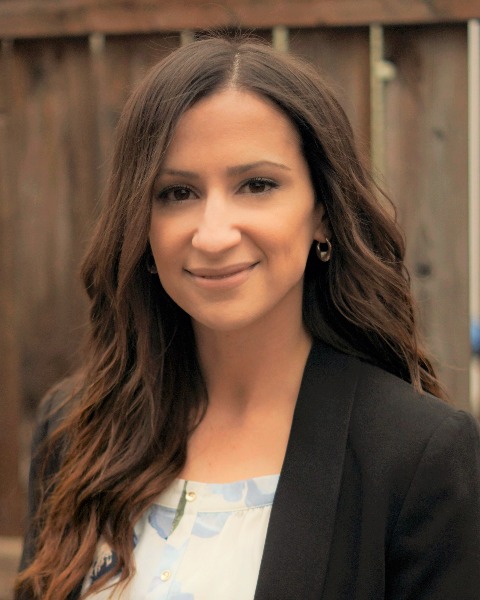Hematology/Oncology
Session: Hematology/Oncology
344 - A Calcium Sulfate-Calcium Phosphate Bone Substitute as a Bone Void Filler in the Treatment of Primary Benign Bone Tumours
Friday, May 3, 2024
5:15 PM - 7:15 PM ET
Poster Number: 344
Publication Number: 344.13
Publication Number: 344.13

Lauren Gyemi, MD
Orthopaedic Resident
McMaster University Orthopaedic Surgery Program
Hamilton, Ontario, Canada
Presenting Author(s)
Background: Benign bone tumours treated with intralesional curettage require reconstruction to fill the resultant void. Calcium-sulfate-calcium phosphate bone substitute (CaSO4/CaPO4) is a synthetic bone substitute that promotes a strong osteogenic response, leading to regeneration of normal host bone stock, sufficient mechanical support for early functional rehabilitation, and relatively limitless supply, while eliminating the risk of disease transmission and donor site morbidity. To date, there has only been two published case series describing the use of this bone graft in patients following benign bone tumour curettage, with little published data on early functional recovery.
Objective: To describe the use and outcomes of a calcium-sulfate-calcium phosphate bone substitute (CaSO4/CaPO4) as a bone void filler option in the treatment of primary benign bone tumours following intralesional curettage. The primary outcome of the study was time to full weight-bearing, while secondary outcomes include frequency of infection, wound breakdown, tumour recurrence, and thromboembolic complications.
Design/Methods: Retrospective review of patients identified from surgeon-specific orthopaedic oncology database, who underwent intralesional curettage of benign bone tumours and subsequent bone void filling with CaSO4/CaPO4. Of 39 patients (20 males, 19 females) meeting inclusion criteria, the average age was 31 years (range: 13 to 62 years) with a median follow-up of three years and a maximum follow-up of 11 years.
Results: The most common tumour diagnosis was GCT (n = 19), and the most common location was the proximal tibia (n = 9). The mean volume of tumour excised was 74.1cm3 including extraosseous bone expansion due to tumor growth, with a mean of volume of 21.4ml of CaSO4/CaPO4 used to fill the intraosseous cavitary defects to restore normal bone anatomy. The primary outcome measure, average time to full weight-bearing/full range of motion, was 11 weeks and six weeks for upper and lower extremity lesions respectively. Complications among participants included tumour recurrence requiring reoperation in six patients and infection requiring reoperation in two patients.
Conclusion(s): This study demonstrates that CaSO4/CaPO4 is a viable option as a bone void filler in the reconstruction of cavitary defects following removal of primary benign bone tumours. CaSO4/CaPO4 provides sufficient bone regeneration early in the post-operative period to allow progression to full weight bearing within weeks without the need for internal fixation. There were no graft-specific complications noted.
.png)
.png)
